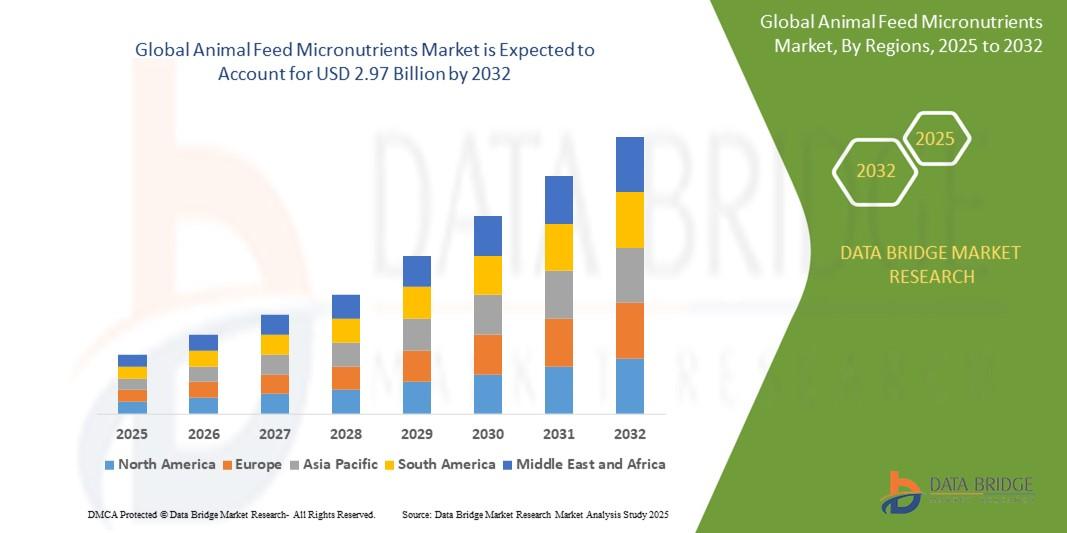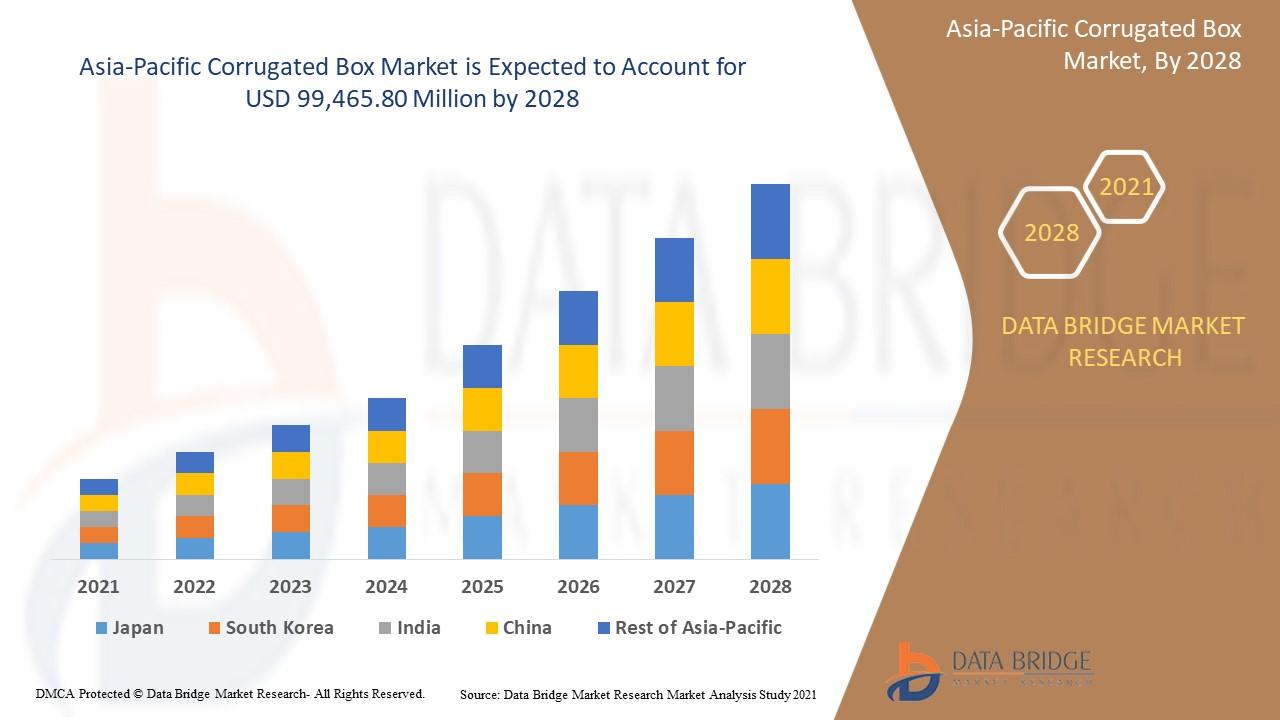Drug Delivery Market Momentum Builds as ABC Gains Global Traction
Market overview
The global drug delivery market was valued at USD 17.20 billion in 2021 and is expected to grow at a CAGR of 8.4% during the forecast period.
The drug delivery market encompasses the technologies, devices, and formulations that enable safe, effective, and convenient administration of therapeutic agents. Historically dominated by traditional oral and parenteral routes, the market today spans a broad spectrum of platforms — injectables (including autoinjectors and prefilled syringes), inhalation systems, transdermal patches, implantable devices, and a growing portfolio of novel carriers such as nanoparticles, liposomes, and microneedles. Demand is being fueled by a rising prevalence of chronic diseases, the growing pipeline of biologics that require specialty delivery, aging populations seeking easier administration, and healthcare systems prioritizing outpatient and home-care solutions.
Market scope —
- Route and platform diversity: The market covers oral, parenteral, transdermal, pulmonary, mucosal, and implantable delivery systems — each with distinct formulation and device requirements and unique regulatory pathways.
- Therapeutic coverage: Delivery technologies support small molecules, peptides, monoclonal antibodies, gene therapies, and cell-based therapeutics, with particular growth in biologics and specialty treatments.
- Stakeholder integration: The competitive landscape includes pharmaceutical companies, contract development and manufacturing organizations (CDMOs), medical device manufacturers, and technology specialists (e.g., materials science, microfluidics, nanotechnology).
- End-user settings: The market serves hospital, clinic, and an expanding home-care segment, supported by remote patient monitoring and digital adherence tools that complement physical delivery platforms.
Market opportunities —
- Long-acting injectables and sustained-release systems: There is strong clinical and commercial interest in formulations that reduce dosing frequency and improve adherence, particularly for chronic conditions and treatment regimens involving biologics.
- Wearable and on-body injectors: Wearable devices capable of delivering larger volumes subcutaneously over extended periods present opportunities for therapies otherwise limited to clinic-based infusion.
- Needle-free and minimally invasive delivery: Microneedle patches, inhaled biologics, and mucosal sprays open pathways for non-invasive administration of therapies — improving patient acceptance and expanding access in resource-limited settings.
- Digital therapeutics and connected devices: Integration of sensors and connectivity into delivery devices enables adherence tracking, dose optimization, and data-driven care pathways — creating value for payers, providers, and patients.
Browse Full Insights:
https://www.polarismarketresearch.com/industry-analysis/global-drug-delivery-market
Regional analysis
North America
North America remains a leading market driven by a robust pharmaceutical R&D ecosystem, strong reimbursement frameworks for innovative therapies, and rapid adoption of medical devices. The U.S. market benefits from a dense pipeline of biologics and high consumer demand for home-care solutions. Regulatory clarity around combination products and digital health is accelerating commercialization of integrated delivery systems.
Europe
Europe shows steady growth, driven by universal healthcare systems that emphasize cost-effectiveness and quality of life. Countries across Western Europe are early adopters of long-acting and patient-friendly delivery technologies, while Eastern Europe presents expansion opportunities as healthcare infrastructure modernizes.
Asia-Pacific
Asia-Pacific is the fastest-growing regional market, propelled by increasing healthcare spending, large patient populations with rising chronic disease prevalence, and growing local manufacturing capacity. Markets such as China, India, Japan, and South Korea are focal points for both demand and localized innovation in delivery platforms adapted to regional needs.
Latin America
Growth in Latin America is supported by improving access to care and a rising middle class. However, the pace can be inconsistent due to heterogeneous reimbursement environments and procurement processes. Affordable, easy-to-use delivery systems that support community-based care have strong potential.
Middle East & Africa
While currently smaller in absolute size, the Middle East & Africa region is notable for targeted opportunities in specialty clinics and government-led healthcare modernization programs. Device robustness, cold-chain considerations for biologics, and simplified administration are priority areas.
Key companies
Some major global players operating in the global market include Abbott, AstraZeneca, Bayer, Sanofi, La Roche, GlaxoSmithKline, Johnson & Johnson, Merck, Novartis, Pfizer, Antares Pharma, and Accord Healthcare.
Market challenges
Despite strong opportunities, the sector faces a set of persistent challenges:
- Technical complexity of delivering large-molecule biologics, which often require cold-chain and delicate handling.
- Regulatory complexity for combination products and the need to coordinate drug and device approvals.
- Cost pressures from payers and health systems demanding demonstrable improvements in outcomes and total cost of care.
- Patient diversity and real-world adherence variability that complicate one-size-fits-all delivery solutions.
Conclusion
The Drug Delivery market is at an inflection point where technology, patient needs, and healthcare economics converge. Innovations in sustained release, minimally invasive administration, wearable injectors, and digital integration are not only expanding the therapeutic possibilities for complex drugs but also shifting care from clinic to home — improving convenience and, potentially, outcomes. For stakeholders across the pharmaceutical and medical device value chain, the imperative is clear: invest in interoperable, patient-centered delivery platforms that demonstrate clinical value and economic sustainability. Those who successfully combine formulation expertise, human-centered device design, and digital enablement will lead the next wave of market adoption.
More Trending Latest Reports By Polaris Market Research:
Drinking Water Adsorbents Market
Bake Your Favorite Desserts with Whipping Cream Powder Market
Tissue engineering and biomaterial-based regenerative medicine market
Protein A, G, and L Resins Market




